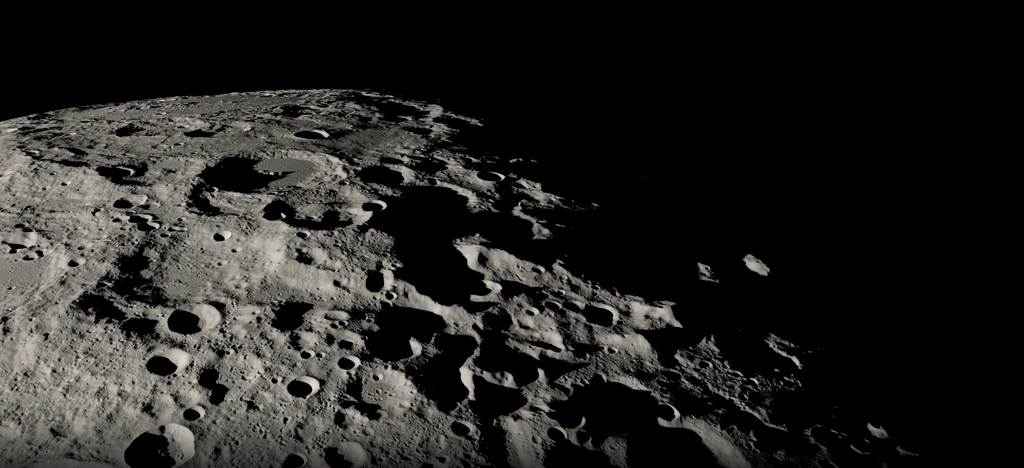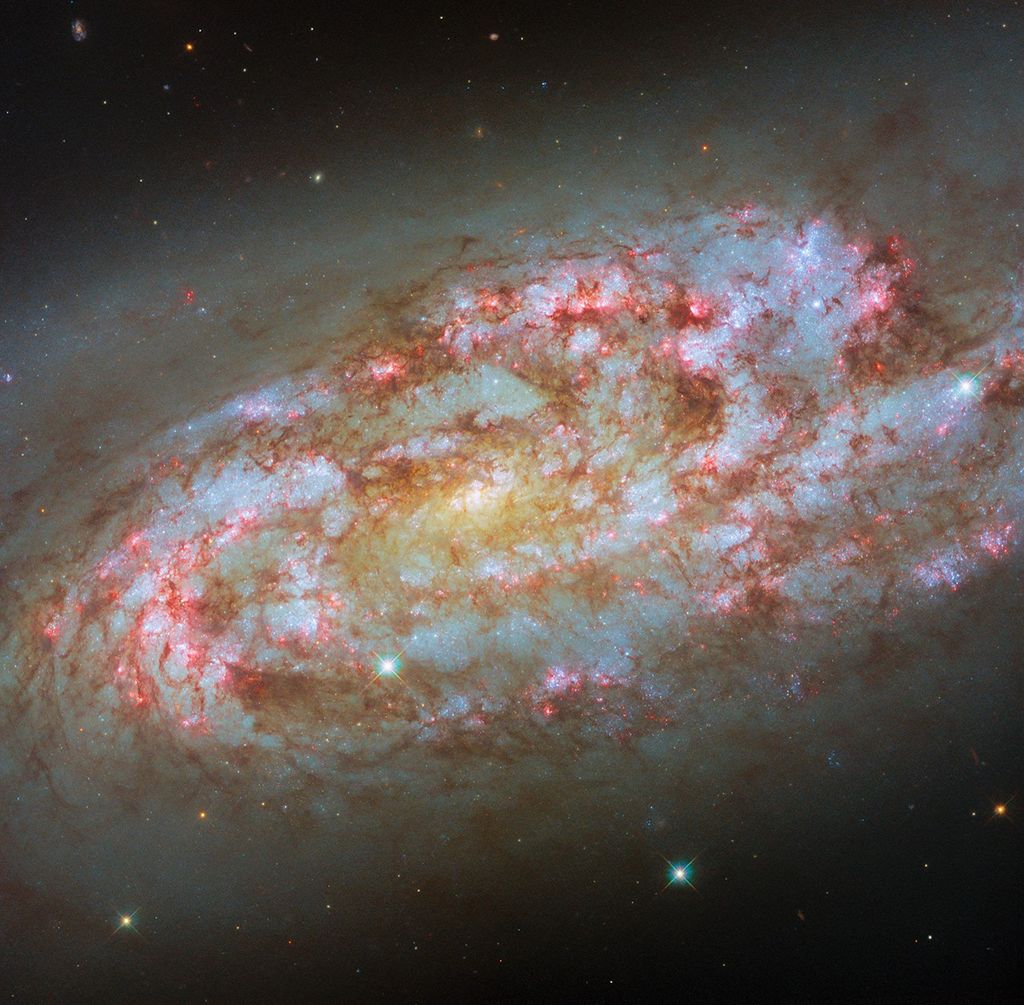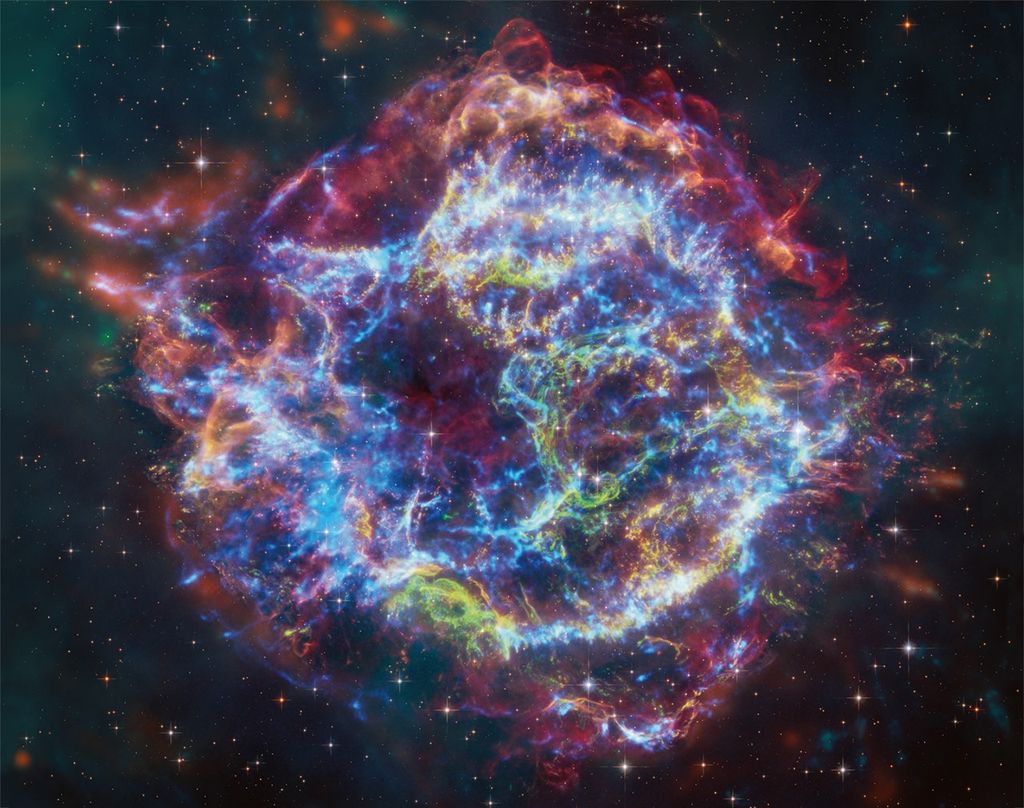
Audience
Educators, Students
Grade Levels
Grades 9-12
Subject
Life Science, Health and Nutrition, Living and Working in Space
Type
Hands-on Activities, Lesson Plans / Activities, Videos
Join Indian Space Research Organization astronaut Shubhanshu Shukla aboard the International Space Station as he demonstrates how our bodies digest food — even in microgravity. Learn about peristalsis, the muscle movement behind digestion, and how this works in space. Explore how the gut microbiome, hydration, and diet play crucial roles in astronaut health while on the International Space Station, as well as in future missions to the Moon and Mars.
STEMonstrations are short, 3–5-minute educational videos filmed by crew aboard the International Space Station. They use the unique microgravity environment on station to demonstrate popular precollege STEM topics.
Introduction
When we think about digestion, sometimes we envision food moving downward through our bodies. This perception might make it seem like gravity is the driving force behind the movement of food through the digestive system. If this were the case, how would astronauts be able to digest food in the microgravity environment of space? How are we able to digest food while lying down? Fortunately, the primary force behind digestion is peristalsis, which consists of wave-like muscle contractions that move food through the digestive tract. Without the aid of gravity, the movement of food along the digestive tract, known as motility, can be slowed when relying on peristalsis alone. Additionally, there are other factors that play a role in digestion that may be affected by a microgravity environment. In this activity, students will be asked to explore some of those factors.
![]() Time Needed: 45-90 Minutes
Time Needed: 45-90 Minutes
![]() Materials List
Materials List
Ensure that students have:
-
-
- Electronic devices with internet connection to research key terms: gastrointestinal motility, gut microbiome, space nutrition, microgravity, gastrointestinal tract
-
![]() Safety
Safety
Ensure that students:
-
-
- Practice safe online practices by following your institution’s online safety policies.
-
Preparation
1. Group students into teams of three to four.
2. Explain to students that each team will research factors of digestion in microgravity environments, answer the questions provided, and cite sources of their information.
3. Teams should compile their research into a presentation for the class.
Gastrointestinal Motility:
In the microgravity environment of space, fluids in the body tend to shift and redistribute upwards. The contents of the stomach are free to float, while the intestines are less densely packed together. The body relies completely on peristalsis to move food through the digestion tract without the aid of gravity.
1. How does microgravity change the rates of motility for astronauts, and what are some of the effects of these changes?
2. What research has been performed on motility in microgravity environments?
3. What, if any, findings, solutions, or treatments have been proposed to combat issues related to motility in microgravity environments?
Nutrient Absorption
In the microgravity environment of space, the redistribution of fluids in the body can cause a decrease of surface contact within the digestion system as well as changes in the rates of motility. These changes can affect the rate and efficiency of nutrients being absorbed into the body.
1. How does microgravity change nutrient absorption for astronauts, and what are some of the effects of these changes?
2. What research has been performed on nutrient absorption in microgravity environments?
3. What, if any, findings, solutions, or treatments have been proposed to combat issues related to nutrient absorption in microgravity environments?
Gut Microbiome
Our gut acts as a habitat for colonies of bacteria, both healthy and unhealthy, that break down our food. Proper digestive health depends on maintaining proper levels of and balance between these different types of bacteria. Microgravity can influence the diversity of these microorganisms within our gut microbiomes, and in turn, our gastrointestinal health.
1. How does microgravity change the amount of and balance between bacteria within the gut of astronauts, and what are the effects of these changes?
2. What research has been performed on gut microbiomes in microgravity environments?
3. What, if any, findings, solutions, or treatments have been proposed to combat issues related to gut microbiomes in microgravity environments?
Advancements in Space Nutrition
For decades, nutritionists on Earth have worked to develop meals for astronauts that meet the needs of space travel. These meals need to be compact, nutrient-dense, palatable, and have a long-term stable shelf life. As the duration of missions in the microgravity environment of space have increased to half-year missions for astronauts aboard the International Space Station, and understanding future deep-space missions will likely last for over a year, it is important to determine if the nutritional needs of humans are different in a microgravity environment than they are on Earth.
1. How can the microgravity environment of space affect the nutritional needs of astronauts?
2. What research has been performed on the changing nutritional needs of astronauts due to microgravity environments?
3. What types of changes to astronauts’ diets have researchers and nutritionists made to ensure proper health in space.
Treatments for Gastrointestinal Issues
Astronauts often experience many of the same gastrointestinal discomforts as we do. Constipation, bloating, indigestion, and acid reflux are common issues experienced by astronauts. Diet, stress, and the microgravity environment of space are some of the factors that can contribute to digestive issues.
1. How does the microgravity environment of space contribute to astronaut gastrointestinal issues?
2. What preventative measures have been studied to minimize gastrointestinal issues in astronauts?
3. What treatments have been established to help astronauts who already experience symptoms of gastrointestinal discomfort?
Extension Activities
Have students research the different organs involved in digestion and what role these organs play in the digestion process.
• Discuss what could happen if peristalsis doesn’t work correctly.
• Discuss how the digestive system absorbs water and other nutrients.
• Draw a diagram of the digestive system and label the organs involved.
Career Connection
Behind every experiment on the space station are teams of scientists, engineers, and health professionals working together to solve complex challenges. Here are a few careers connected to digestion and human health in space.
Biomedical Scientists: Study how the human body responds to the unique conditions of space- like microgravity. Their work supports astronaut health by helping to develop counter measures, nutritional plans and diagnostic tools.
Biomedical Engineers: Develop medical devices, monitoring systems, and experimental protocols to support astronaut health in space.
Biomedical Research Technicians: Assist in conducting medical or biological research, including studies on digestion, metabolism, and nutrition. They help prepare equipment, collect data, and monitor experiments related to humans in space.



























